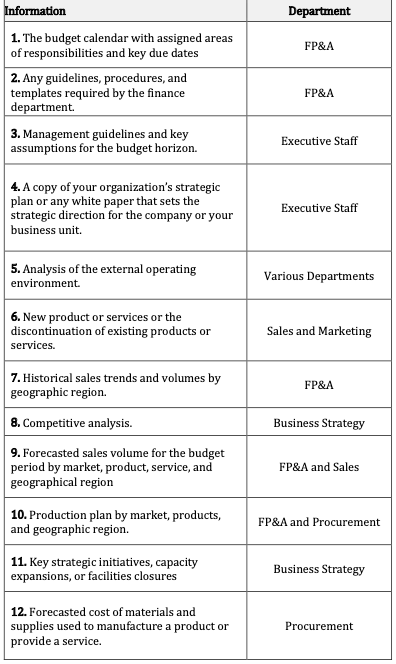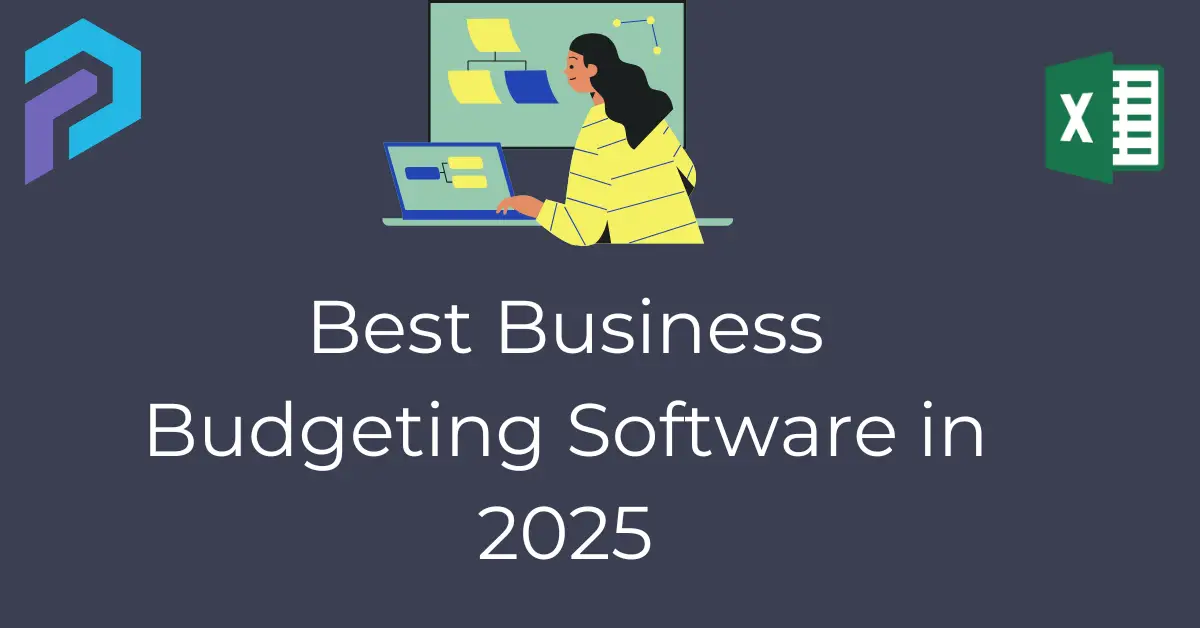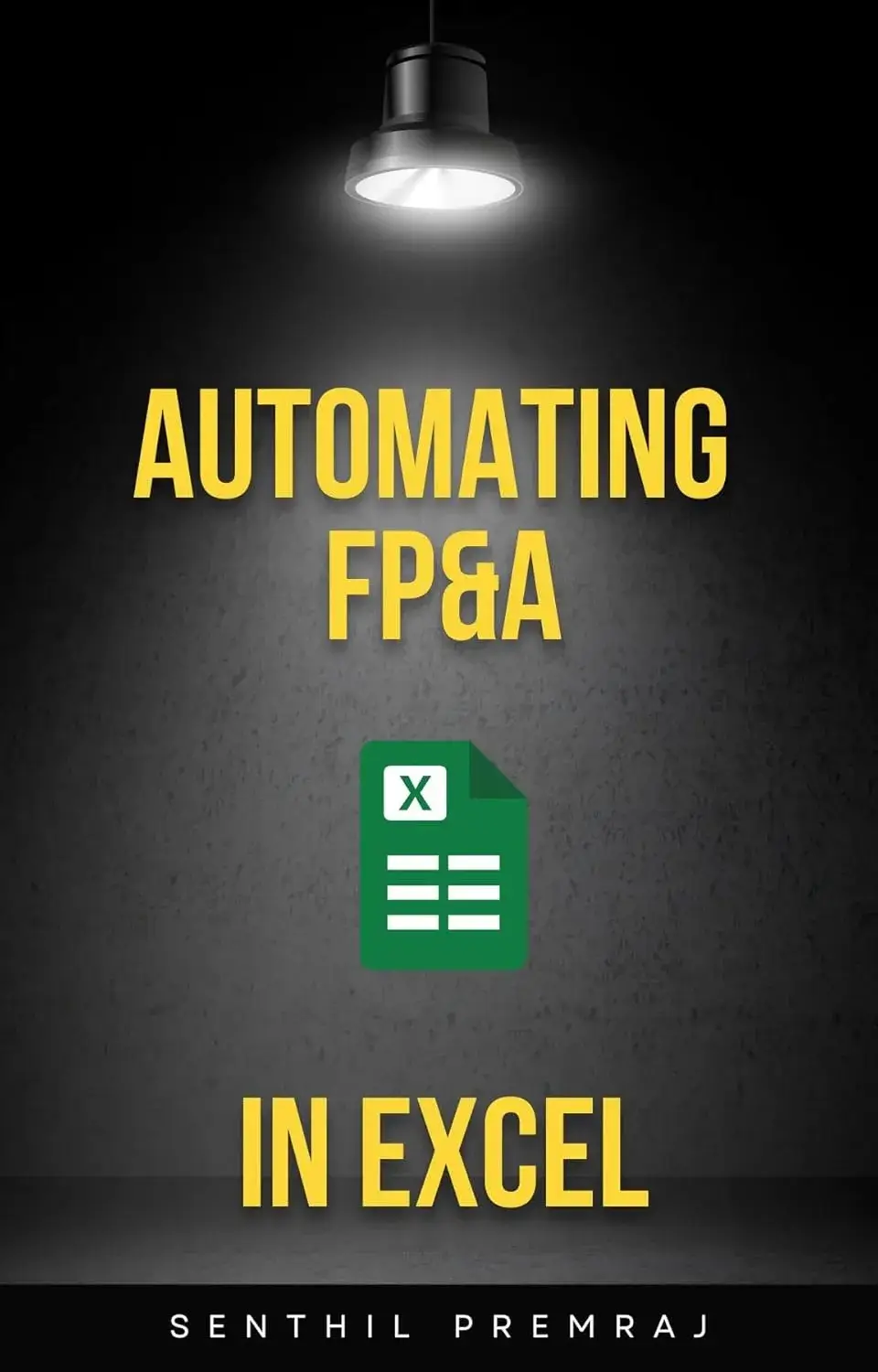Budgeting is a vital practice for businesses, laying the groundwork for financial stability and growth. While small companies may create budgets through informal discussions based on past financial data, larger organizations face more intricate processes requiring input from multiple departments and a structured approach. This complexity necessitates the use of the best business budgeting software to ensure efficiency, accuracy, and collaboration.
In his book, Asif Masani provides a clear breakdown of the business budgeting process, highlighting the essential components every company must address to create an effective budget. In 2025, modern tools like PivotXL build on these principles to simplify and enhance budgeting, making them the best business budgeting software for companies navigating financial complexities.
Asif Masani’s Components of the Business Budgeting Process
According to Asif Masani, a successful budgeting process involves the following components:
- Stakeholder Collaboration
Engaging department leaders or budget heads to provide inputs for the accounts they manage. This ensures that the budget is comprehensive and reflects organizational priorities. - Data Collection and Consolidation
Gathering data from multiple sources and consolidating it into a unified financial statement, typically a Profit & Loss (P&L) statement. - Budget Calendar Management
Establishing a timeline to track deadlines and ensure timely completion of tasks. A structured calendar is crucial for keeping the process on schedule. - Budget Notes and Commentary
Capturing detailed notes to explain the rationale behind budget figures. These annotations provide context for decision-making and facilitate future reviews. - Final Review and Approval
Rolling up all inputs into a final budget for review by senior management and approval by stakeholders.
While these components are foundational, traditional methods often struggle to implement them effectively. This is where modern software solutions exist.

Challenges of Traditional Budgeting Methods
Historically, businesses have used manual processes to manage budgeting, but these methods come with significant drawbacks:
1. Large Linked Excel Files
- Data Security Risks: Sharing a master Excel file among multiple users exposes sensitive information to unauthorized access.
- Fragility: Complex linkages in Excel can break with minor changes, causing errors across the file.
- Time-Consuming: Debugging and maintaining such files require substantial effort.
2. Individual Sheets for Budget Heads
- Prone to Errors: Manual consolidation of individual sheets often leads to mistakes.
- Delays: Collecting updates from multiple stakeholders slows the process.
- Fragmented Context: Commentary and justifications are scattered across separate documents.
3. Administrative Overload
- Tracking tasks, maintaining calendars, and documenting notes manually is inefficient and error-prone, especially for teams larger than 5–10 people.
The Best Business Budgeting Software in 2025: PivotXL
To address these challenges and streamline the process outlined by Asif Masani, companies are increasingly turning to tools like PivotXL, one of the best business budgeting software options available in 2025. PivotXL combines advanced automation, centralized task management, and collaborative tools to simplify every stage of budgeting.
How PivotXL Enhances the Business Budgeting Process
- Stakeholder Collaboration Made Easy
- Use task management features to assign responsibilities to budget heads and approvers.
- Centralize communication by capturing all commentary and notes within the platform.
- Automated Data Collection and Consolidation
- Embed Excel templates directly into tasks, with cells linked to a central data cube for seamless integration.
- Consolidate updates automatically, eliminating manual errors and saving time.
- Integrated Budget Calendar
- Track deadlines and progress with an in-built calendar.
- Automate reminders to ensure stakeholders submit data on time.
- Contextual Budget Notes
- Capture and store notes alongside tasks, ensuring commentary is always accessible and linked to relevant data.
- Provide context for decision-making and future reviews.
- Real-Time Review and Progress Updates
- Monitor task completion in real-time through the task engine.
- Receive alerts for overdue tasks to keep the process on track.
Benefits of Using PivotXL for Budgeting
By aligning with the principles outlined by Asif Masani, PivotXL offers several key advantages:
- Efficiency: Automation streamlines data collection, consolidation, and task tracking.
- Accuracy: Centralized and validated data reduces errors.
- Collaboration: Teams can work together seamlessly with all inputs, notes, and updates in one place.
- Scalability: Whether managing a small team or a large enterprise, PivotXL can handle complex processes effortlessly.
Conclusion
In 2025, the best business budgeting software is more than a tool—it’s a strategic necessity for companies aiming to improve their financial planning. Asif Masani’s principles of stakeholder collaboration, data consolidation, calendar management, and detailed commentary remain foundational, but modern software like PivotXL elevates these processes to new levels of efficiency and precision.
By adopting PivotXL, businesses can not only streamline their budgeting process but also transform it into a collaborative, data-driven strategy that drives better financial outcomes. With tools designed to simplify complexity, budgeting becomes less about managing tasks and more about enabling growth and success.




